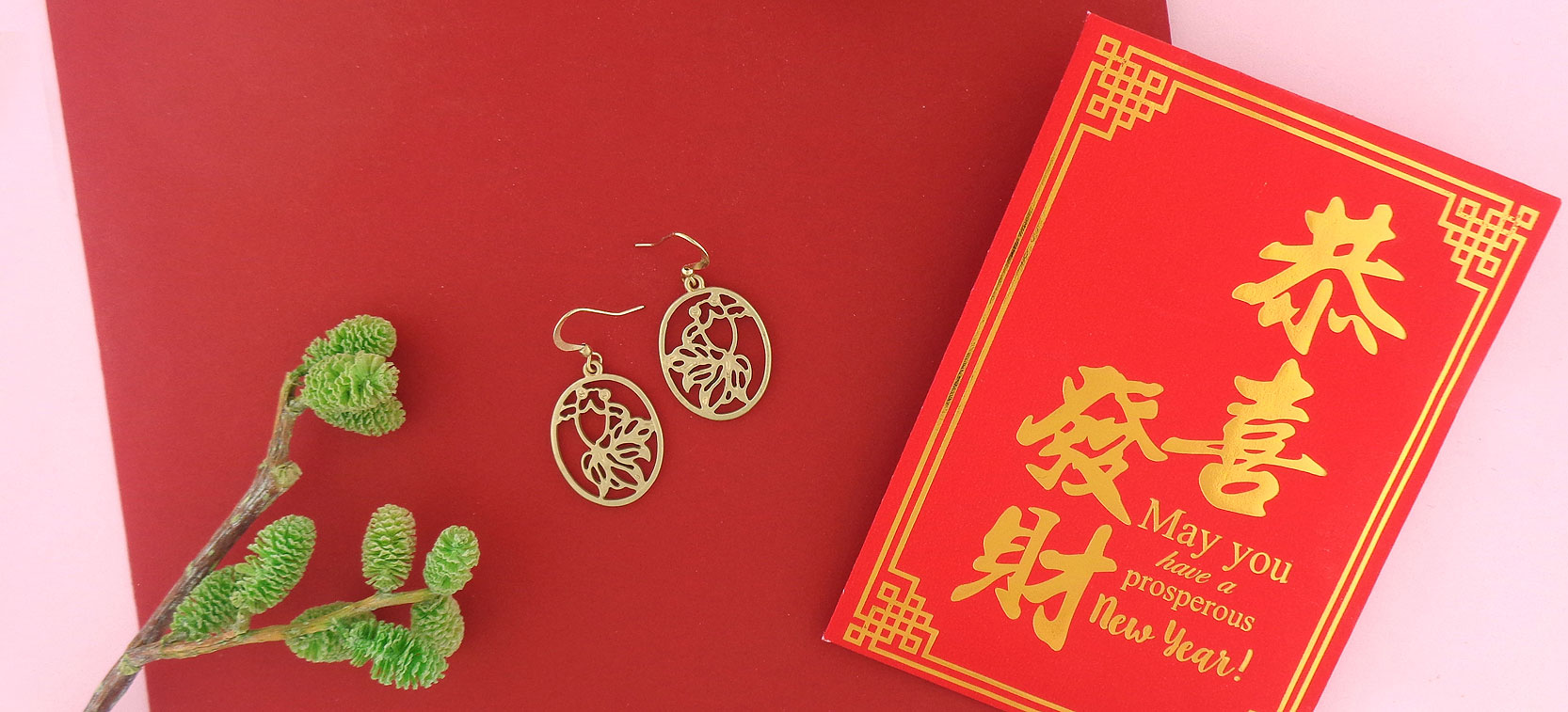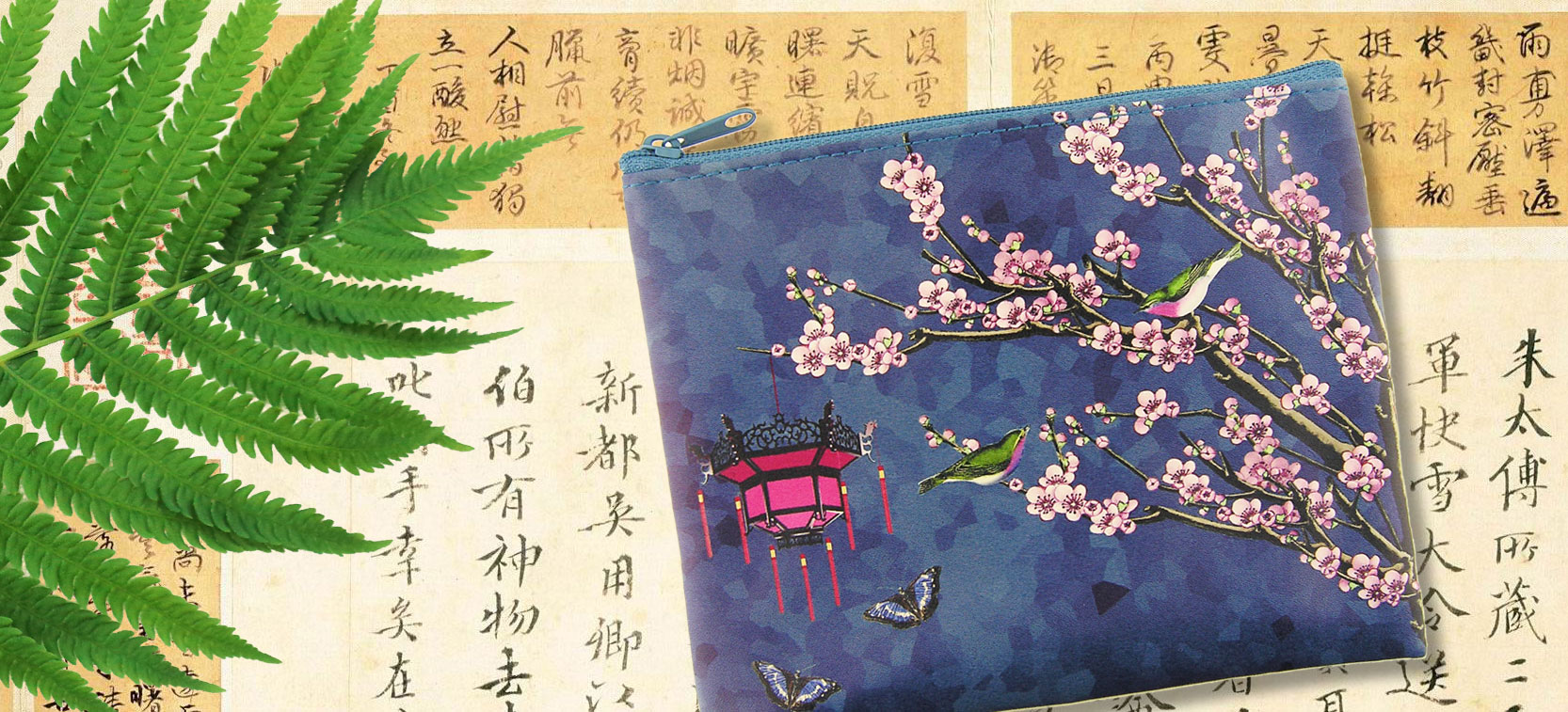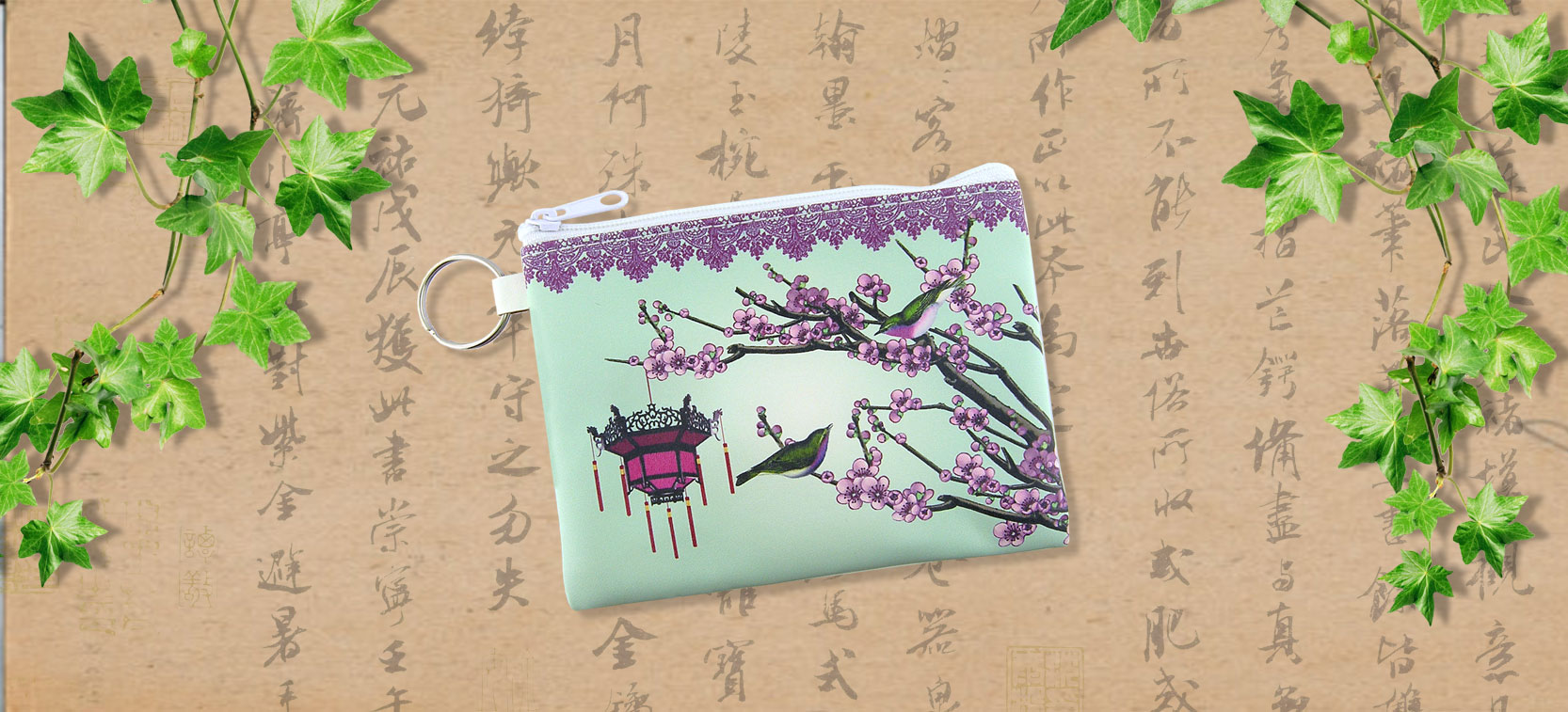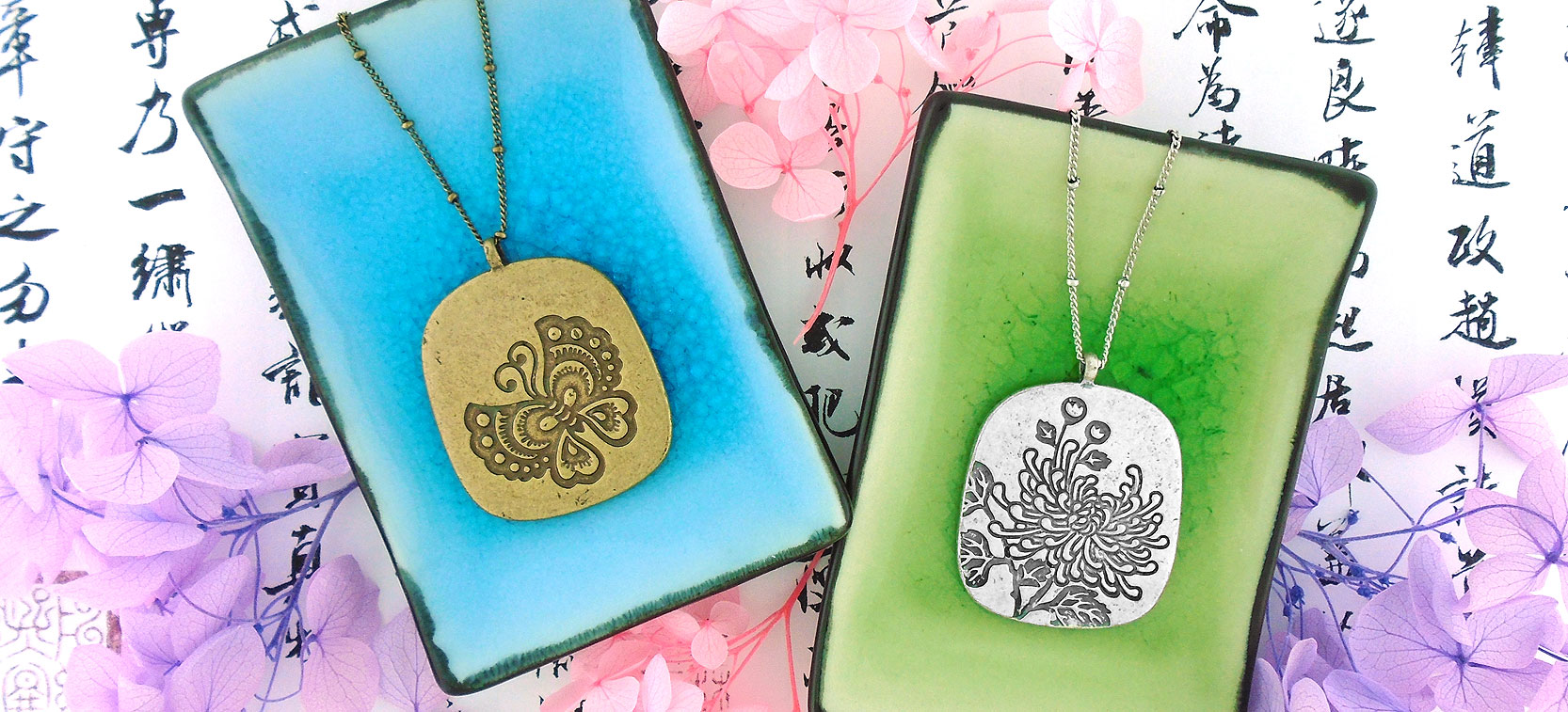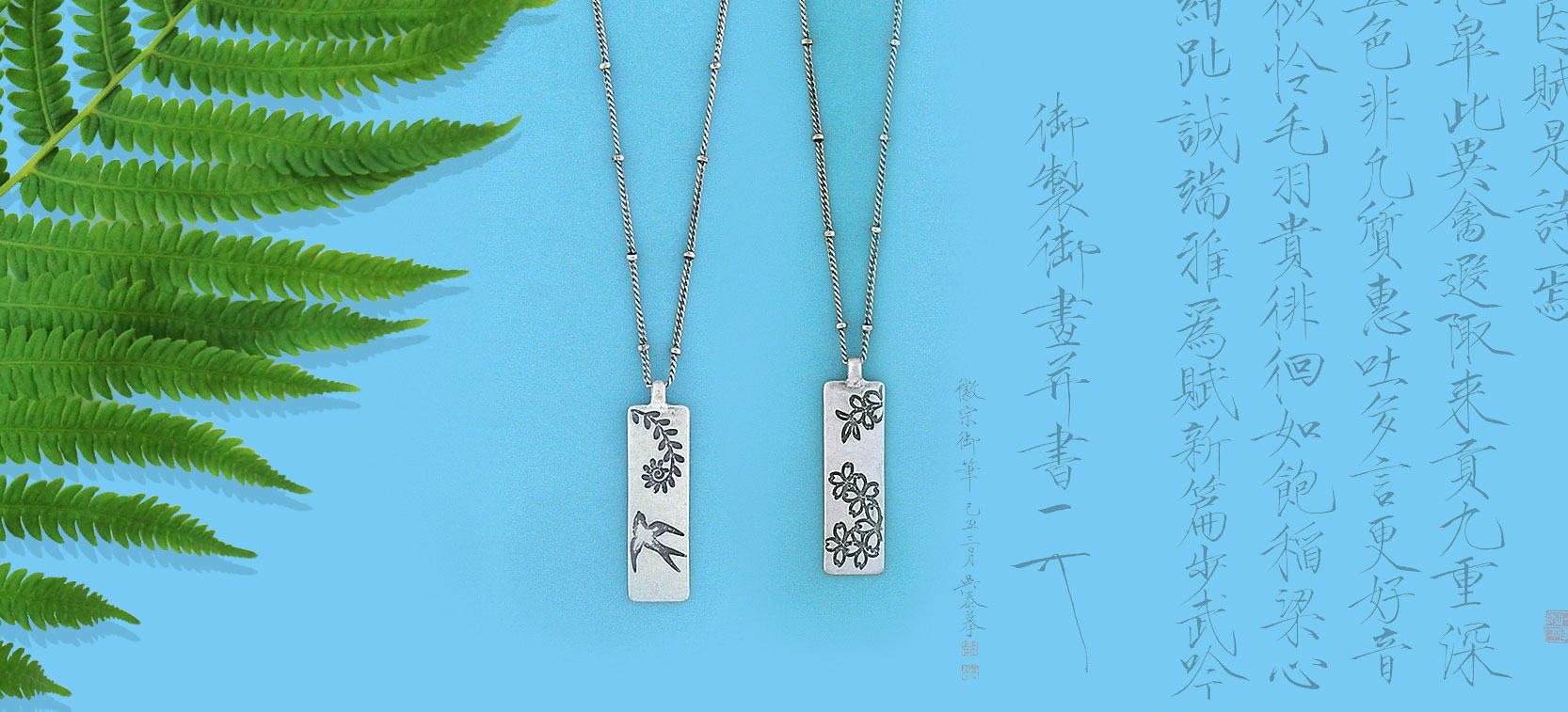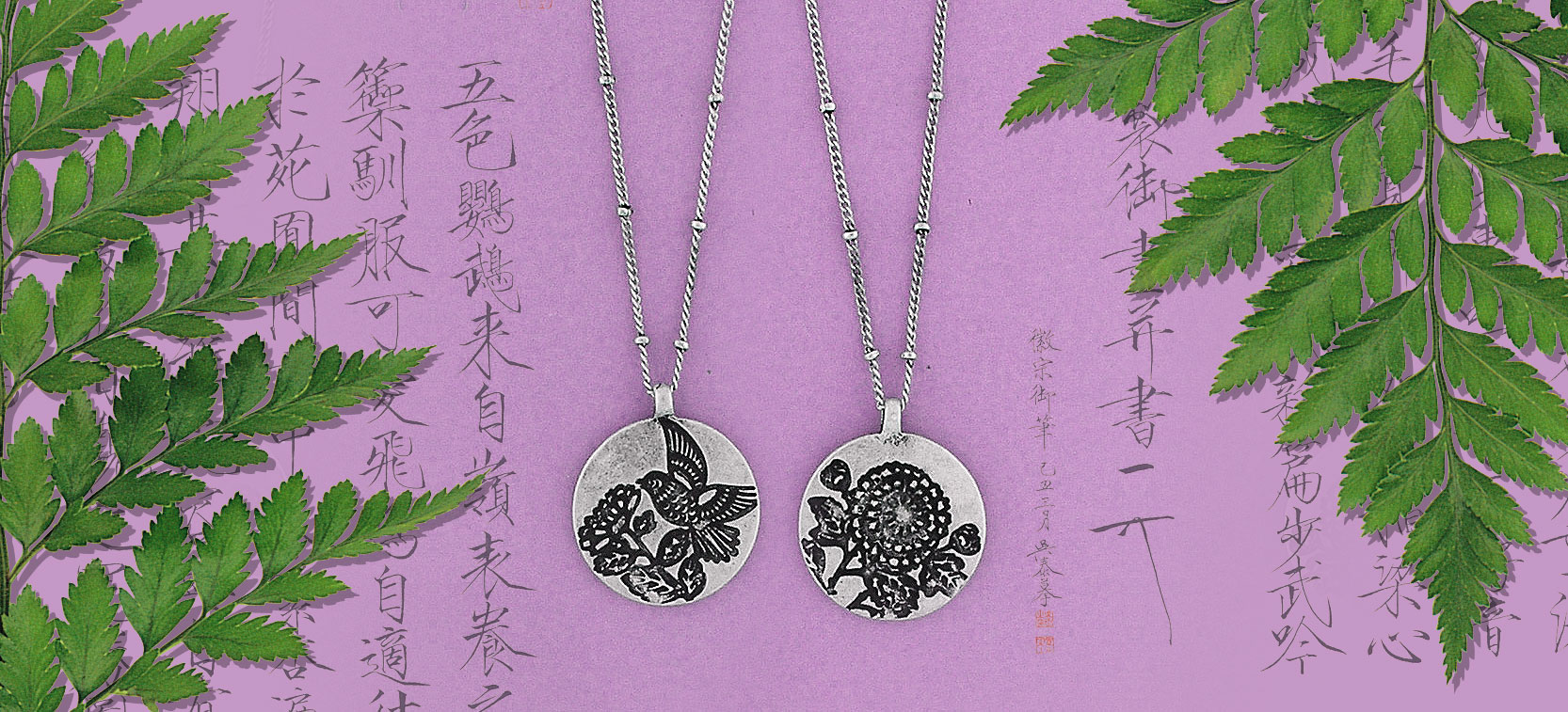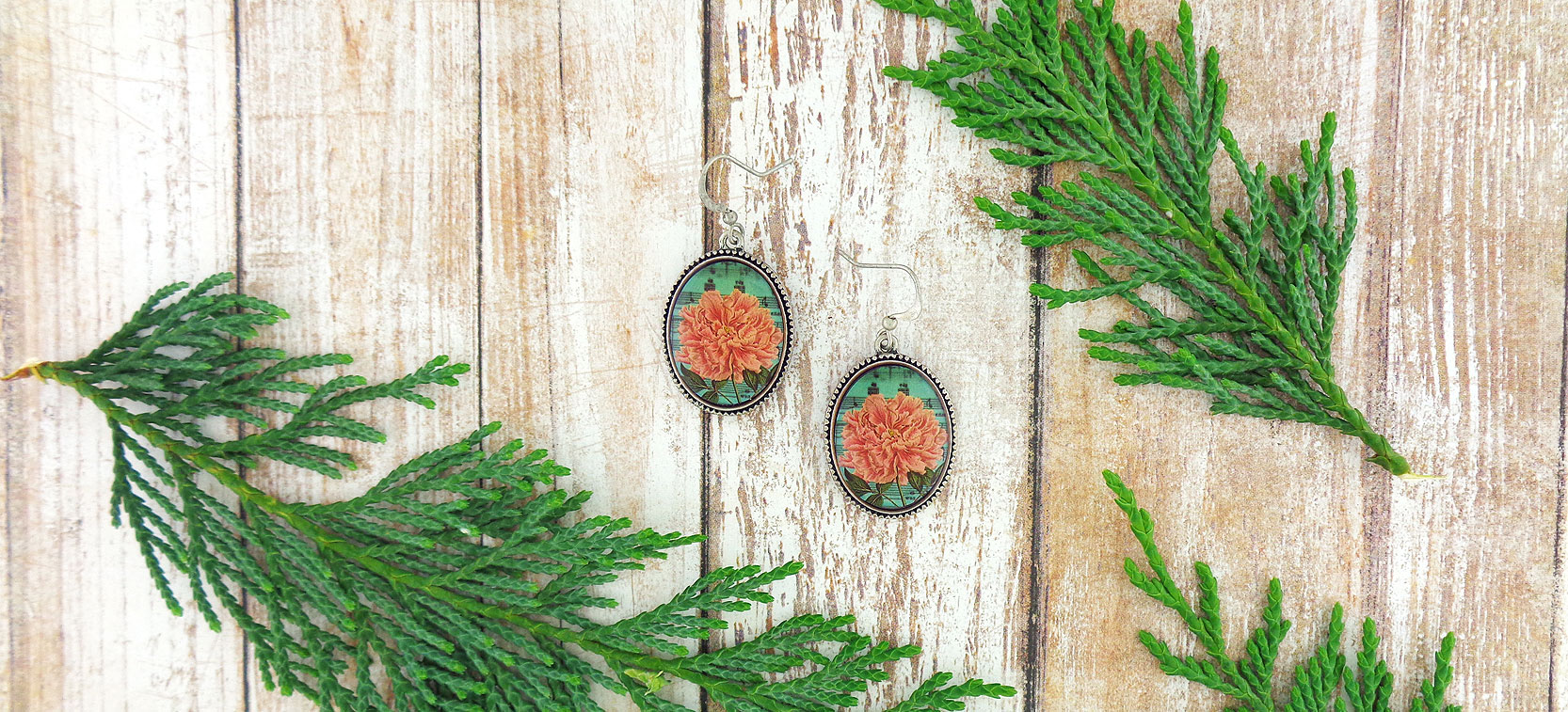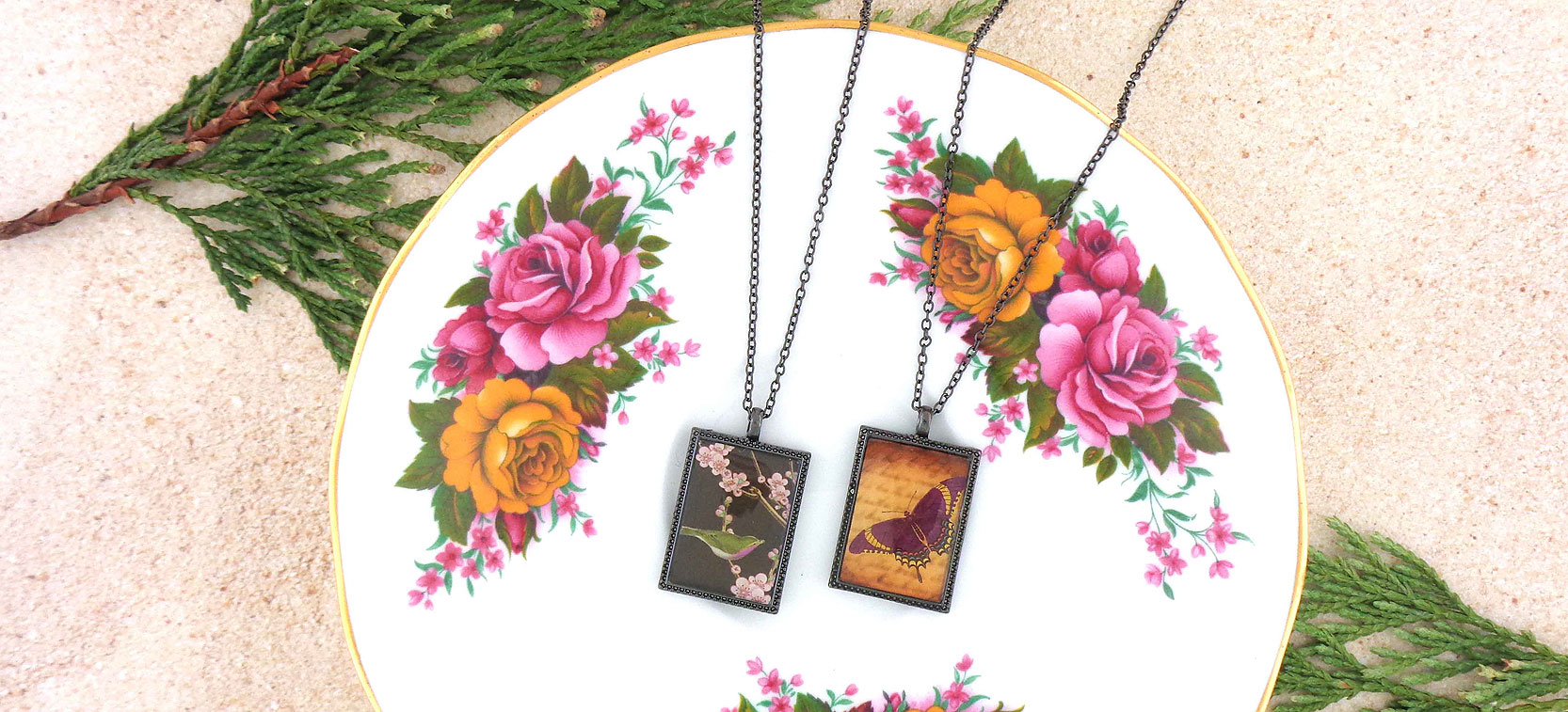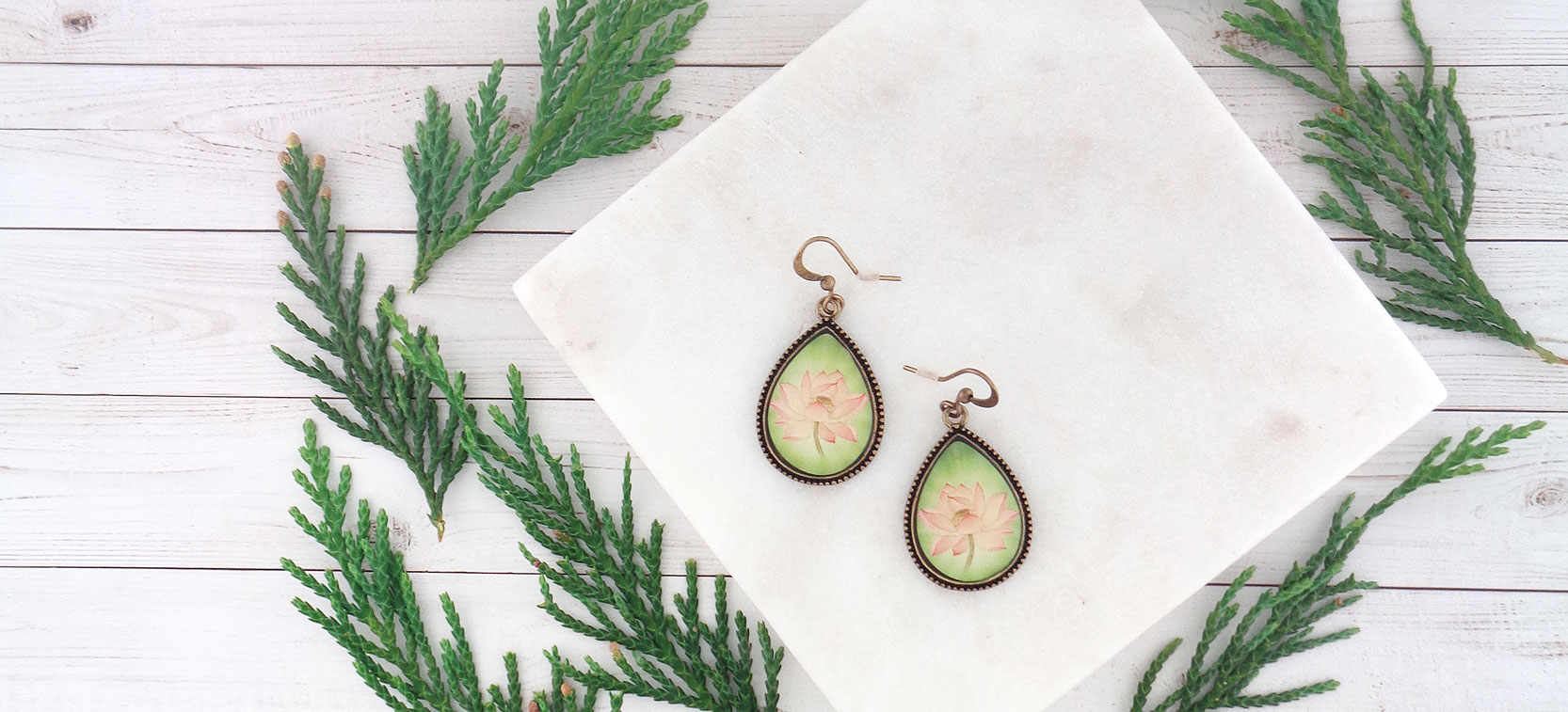LAVISHY design & wholesale China themed fun vegan fashion accessories and gifts
China is one of the Four Ancient Civilizations (alongside Babylon, India and Egypt), according to Chinese scholar Liang Qichao (1900). It boasts a vast and varied geographic expanse, 3,600 years of written history, as well as a rich and profound culture. Chinese culture is diverse and unique, yet harmoniously blended — an invaluable asset to the world. China has witnessed thousands of years of continuous history encompassing well over twenty dynastic periods. Paper, tea, gunpowder, and porcelain are just a few of the significant contributions China has introduced to our world.
Ancient Chinese Culture is older than 5000 years with enormous diversity and variety. The sophisticated Chinese civilization was rich in the Arts and Sciences, elaborate Painting and Printing techniques and delicate pottery and sculpture. Chinese architectural traditions were much respected all over the world. Chinese language and literature, philosophy and politics are still reckoned as a strong influence. Chinese culture, told through objects of writing, pottery, sculpture, transportation, jewellery, porcelain, furniture and much more retain their uniqueness till this day.
Chinese art and craft styles are important part of Chinese heritage and culture include painting, calligraphy, music, opera, pottery, cloisonne, bronze vessels, folk toys, embroidery, kites, lacquer ware, paper-cuttings, seals and silk.
The Greater Toronto Area has 631,050 Chinese populations as of the 2016 census, second only to New York City for largest Chinese community in North America. With six distinct Chinatowns and the largest collection of Chinese architectural artifacts outside of China housed in Royal Ontario Museum. Toronto has endless Chinese inspirations for LAVISHY year round.
Chinese painting is one of the oldest continuous artistic traditions in the world. The art of paper cutting, the richness and breadth of China's artistic heritage, particularly Imperial porcelain, white and spinach green jades, cloisonné enamel, archaic and later bronzes, Ming and Qing furniture as well as Buddhist art, Stone Sculpture.
The art of paper cutting in China may date back to the second century CE, since paper was invented by Cai Lun in the Eastern Han Dynasty in China. As paper became more affordable, paper-cutting became one of the most important types of Chinese folk art.Gongbi paintings are characterised by meticulous brushwork and highly coloured palettes. Originally invented in China, blue-and-white ceramics were widely circulated, copied and re-created by makers worldwide, becoming one of the most well-known and enduring products in the history of Chinese porcelain.
Broadly speaking, blue-and-white refers to ceramics decorated with cobalt blue pigment on a white body, usually applied with a brush under the glaze. First appearing in the Tang dynasty (618 – 906), early blue-and-white ceramics were made with a coarse, greyish body. In the Yuan dynasty (1279 –1368), potters at Jingdezhen in Jiangxi province, a famous China porcelain town, refined clay recipes by adding kaolin clay, and developed firing technology. The craftsmanship of blue-and-white porcelain improved significantly, with products featuring vibrant blue colours using cobalt pigment produced in Yunnan province or imported from the Middle East.
Blue-and-white wares are produced elsewhere in China, though objects originating from the kilns at Jingdezhen are thought to be the best quality. Using the simple palette of blue and white, Jingdezhen potters incorporate a range of decorative techniques: combining dark and light blue to create striking contrast, or using areas reserved in white to create pattern on a densely painted blue background.
genres, including landscapes, bird-and-flower, figures and calligraphy,

